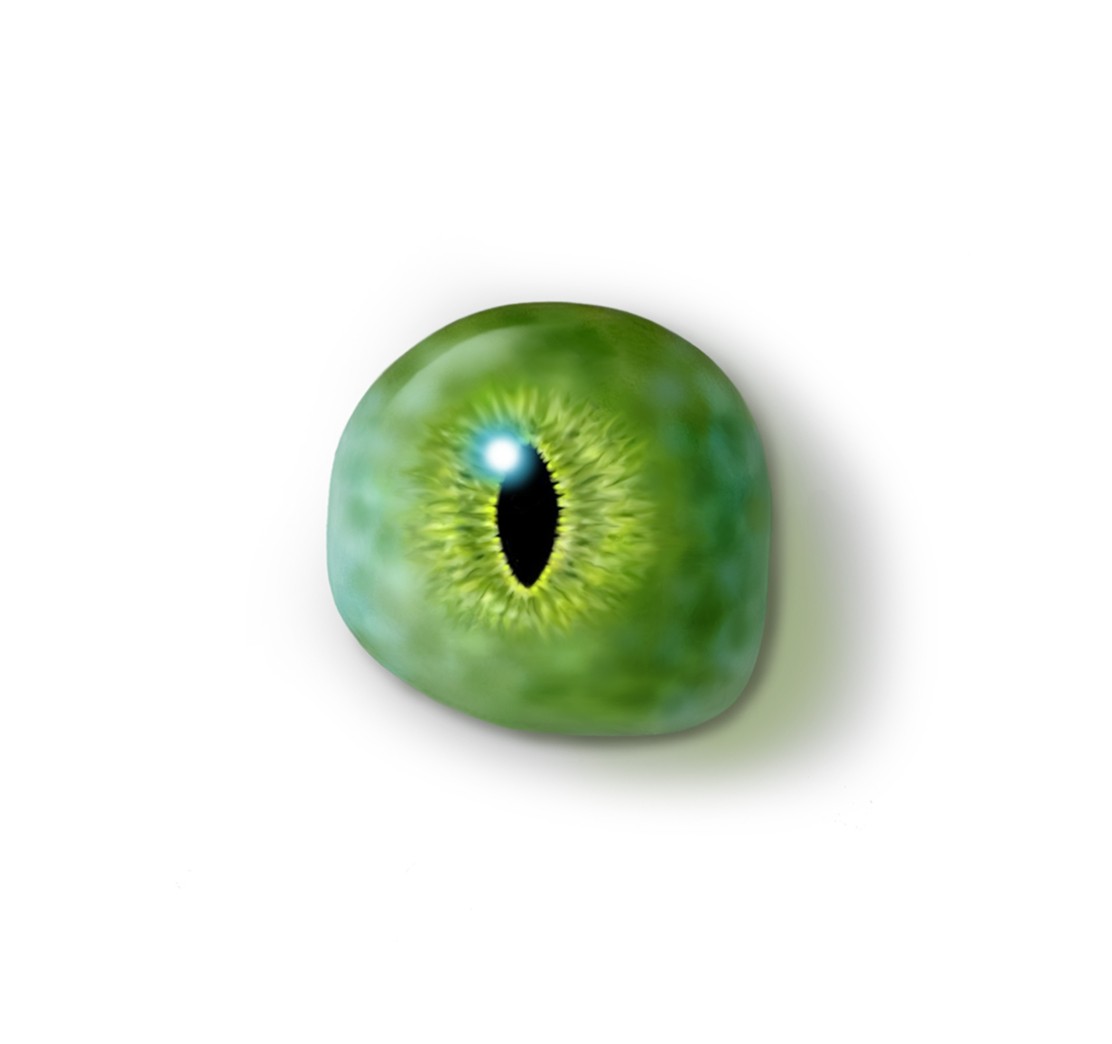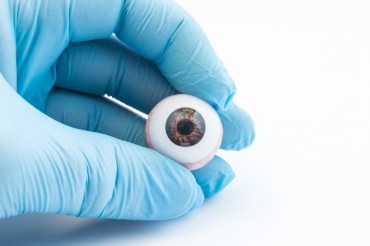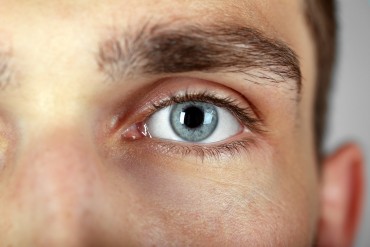What is an artificial eye and what do they do?
An artificial eye, (sometimes referred to as a ‘prosthesis’), has a primary function to restore a patient’s cosmesis after suffering eye loss. They are made from medical-grade acrylic plastic and not from glass - this also includes our cosmetic shell and conformer prostheses. If the child’s eye has been surgically removed , or there was never an eye in the socket, as in anophthalmia, then this will be an ‘artificial eye’ prosthesis.
When the eye has been surgically removed, the socket is usually much less sensitive, compared to patients who have a shrunken eye behind their prosthesis (as can be the case for cosmetic shell patients).
A prosthesis can sometimes ‘spin’ whilst in the socket, causing the iris to gaze the wrong way – this is not unusual in child patients and can sometimes be spun back into position. If a child rubs their eye a lot, it can displace the prosthesis .
A clear conformer is a pre-shaped device to help the child get used to the sensation of having something over their shrunken eye. The intention is to eventually replace this with a cosmetic shell. A cosmetic shell is a thin artificial eye individually manufactured for the patient. It is designed to fit over a blind and damaged eye, to improve their cosmetic appearance. Shells can also be used for patients who are sensitive to light, as they can help to occlude the light, and improve comfort.
The cosmetic shell will behave similarly to the clear conformer, although it will have a painted iris on the front. These prostheses can also spin whilst being worn, causing the iris to gaze the wrong way.
For maintaining any of the above prostheses whilst children are in your care , simply use clean tissue or cotton wool, soaked in sterile water (cooled boiled water is OK), to clean away any discharge from the eyelids or eyelashes. It is important to make sure thorough handwashing is performed prior to touching around the eye and eye lids and medical grade gloves are worn whilst doing this. There is no requirement to remove the prosthesis when carrying out the above cleaning.
The amount of discharge can vary between patients and can be worse when they have a cold or are unwell. In these circumstances, there may be a little more cleaning required around the eye area. If the child complains of feeling that there is something ‘in their eye’, treat the artificial eye as you would a natural eye. Bathe around the eye area and allow sterile water to gently work its way into the socket (with the prosthesis in situ). This may help to dislodge any foreign bodies. Again, there is no need to remove the prosthesis, but if the problem persists, the child’s parent/guardian may need to be contacted so that they can remove it.
Older children may be able to handle their prosthesis themselves, including cleaning and insertion/removal. Please consider whether a child in your care requires special arrangements for them to tend to their own needs.
Consider contacting a GP or local walk-in service, or call 111, if the school/nursery is unable to contact the parent/guardian when there is continued reason to have concern, for example a red, swollen eye.
As with any small object, an artificial eye can present a risk of choking in children, or patients with special needs, should the prosthesis be displaced from the socket - or be taken out by the patient. The carer of such children should be advised to consider appropriate safety precautions:
If the prosthesis is displaced from the socket , we advise that it is retrieved, cleaned, and secured in a small container to hand to the parent/guardian when they return to pick up their child. An eye patch may be used if desired.
Protective eye wear should be considered when the child is participating in sporting activities or swimming; or any other activities that could be seen as a risk.





